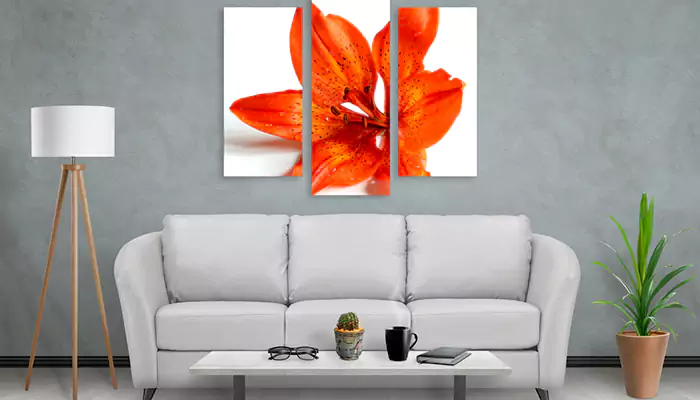What Is The “Rule of Three” In Interior Design? Follow This Unique Approach To Spruce Up Your Space
To create a perfectly balanced interior design, you must follow a set of rules that will make your space more attractive, well-balanced, and eye-grabbing. One of the most commonly used interior design rules is the “Rule of Three.”
- Satavisha
- 29 April, 2024
- 2 mins ago

What Is The “Rule of Three” In Interior Design? Follow This Unique Approach To Spruce Up Your Space
To create a perfectly balanced interior design, you must follow a set of rules that will make your space more attractive, well-balanced, and eye-grabbing. One of the most commonly used interior design rules is the “Rule of Three.”
If you want your home's aesthetic to leave a lasting impact, you must unleash the magical abilities of number three. Grouping three items is a frequently used technique that many skilled interior designers employ to grab the attention of guests or onlookers.
You must be wondering why this specific odd number enjoys a competitive advantage over the traditional symmetrical pairing. Well, to find out, you have to keep reading.
Decoding the rule of three
To put it simply, the rule of three proposes that objects, when placed together in a group of threes—look more natural, visually appealing, and harmonious. Omne trium perfectum—is a Latin phrase that suggests—that everything grouped in threes looks complete. This concept fits perfectly in interior design as well—because our attention naturally gets drawn to anything arranged in groups of three. When objects are placed in pairs, it feels formal, and the symmetry may feel stuffy. Therefore, to soften the look of those pairs, group them in three.
Application of the concept when choosing colour schemes
When choosing colours for your walls, think in threes. If you use three colours in a room, it looks complementary and very soothing to the eyes. The first colour should be the main colour, and the second one should be prominent (but should not be as eye-catching as the main colour.) The third colour should be your accent colour—use it sparingly—here and there. You could further simplify the concept into 60 per cent (main colour), 30 percent (secondary colour), and 10 per cent (accent colour).
Add shapes based on this concept.
You can create an attractive focal point in your room by placing curvaceous vases. Opt for a pyramidal arrangement for your vases to draw attention toward the group of three. This unique concept also applies to the size and shape of the objects, including the girth and height. And the best part is—the items don’t necessarily have to be the same size or shape.
Try the rule of three with artwork.
You can amplify the visual appeal of your wall by arranging a series of paintings or artwork in groups of three. It will leave a lasting impact, just like any large-scale artwork would.

Focus on textures
When thinking about textures, you don't have to stick to one for your entire room. Allow the rule of three to guide you and integrate various textures like rattan, wood, or stone.
Swear by three fabrics.
It can be tricky, but you should always stick to three matching fabrics—complementing each other’s colours, patterns, and textures. Lay out all the fabrics of your choice and pick only three—based on colour, pattern and texture. Ideally, you should combine fabrics that have similar prints or patterns—like paisley, stripes, or flowers.
Tips for furniture placement.
To make furniture arrangement easier, flick through the pages of design magazines—and soon you might notice that the furniture in living rooms is typically arranged in sets of three; to put it in perspective, two chairs and a sofa. Similarly, to create the perfect scale in the bedroom, opt for two small side tables and one large bed. You can pick pieces that have similar shapes and sizes, but colours may be different.
To seamlessly establish a balance between asymmetry and symmetry in interior design—follow these simple tips and tricks.






